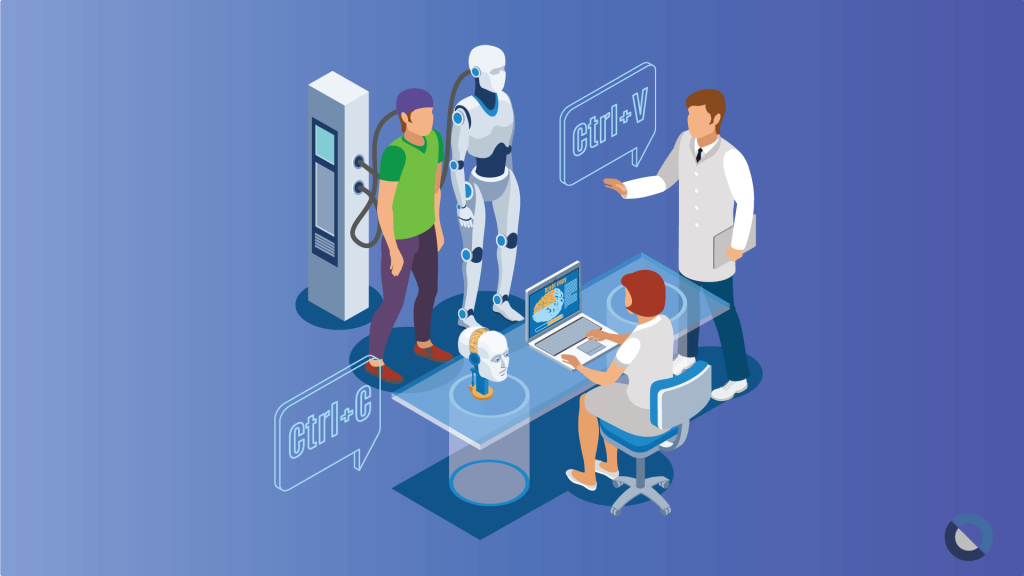
Simulation training has gained significant popularity across various fields, from healthcare and aviation to military and emergency services. It involves creating realistic scenarios that mimic real-life situations to provide learners hands-on experience and practical skills. This innovative approach to training offers numerous benefits that traditional classroom-based learning often needs to provide. According to study published in Computational and Mathematical Methods in Medicine In this blog post, I will explore the advantages of simulation training and why it has become a preferred method for skill development and knowledge retention.
- Realistic and Immersive Learning Environment:
One of the primary benefits of simulation training is creating a realistic and immersive learning environment. Simulations replicate real-life scenarios, allowing learners to engage with situations that closely resemble what they would encounter in their professional roles. Whether it’s a medical emergency, a flight simulation, or a complex business scenario, simulations provide a safe space for learners to practice and make decisions without real-world consequences. This immersive experience enhances knowledge retention and prepares individuals to handle similar situations in their work settings confidently.
- Hands-On Experiential Learning:
Simulation training emphasizes hands-on experiential learning. Instead of passively absorbing information, learners actively participate in simulated activities, applying their knowledge and skills in real time. This active engagement fosters profound understanding, critical thinking, and problem-solving abilities. By practicing in a controlled environment, trainees can make mistakes, learn from them, and refine their techniques without adverse effects. The hands-on nature of simulation training accelerates the learning process and helps learners build muscle memory, improving their overall performance.
- Safe Learning Environment:
One of the critical advantages of simulation training is the ability to create a safe learning environment. Simulation training offers a risk-free space to develop skills and expertise in high-risk industries such as healthcare and aviation, where errors can have severe consequences. Learners can encounter challenging situations, handle emergencies, and make critical decisions without endangering themselves or others. This safe environment fosters confidence, allowing trainees to explore different approaches and learn from their experiences, ultimately enhancing their performance when faced with real-life situations.
- Repetition and Practice:
Simulation training enables learners to repeat scenarios and practice skills as often as necessary. This repetition is crucial for skill development and mastery. Individuals can refine their techniques, streamline their decision-making processes, and build confidence by engaging in repeated simulations. The ability to practice and repeat scenarios at will is a significant advantage of simulation training compared to traditional training methods, which may have limited opportunities for hands-on practice.
- Immediate Feedback and Evaluation:
Simulation training provides immediate feedback and evaluation, offering learners valuable insights into their performance. Simulators and training platforms can track and record actions, decisions, and outcomes in real time, allowing trainers to assess trainees objectively. This feedback loop enables learners to identify areas of improvement, correct mistakes, and refine their strategies on the spot. Timely feedback enhances the learning process and enables trainees to develop their skills more efficiently.
- Team Collaboration and Communication:
Simulation training often involves team-based scenarios, fostering collaboration and communication skills among learners. Effective teamwork is crucial for successful outcomes in fields such as healthcare, emergency response, and military operations. Simulations provide a platform for individuals to practice working together, coordinating efforts, and communicating effectively in high-pressure situations. This collaborative aspect of simulation training promotes teamwork, enhances interpersonal skills, and prepares individuals for real-world collaborative environments.
- Cost and Resource Efficiency:
Simulation training offers cost and resource efficiency benefits. While setting up simulation infrastructure initially may require an investment, it is cost-effective in the long run. Traditional training methods often involve expensive equipment, operational costs, and logistical challenges. Simulation training reduces these expenses by providing a virtual environment that can be accessed remotely, eliminating the need for physical resources and extensive travel. Additionally, simulation training allows for more efficient use of time, as learners can engage in training activities whenever and wherever it is convenient.
Conclusion:
Simulation training has revolutionized how we learn and develop skills across various industries. The benefits of simulation training, including a realistic and immersive learning environment, hands-on experiential learning, a safe space for practice, repetition and practice opportunities, immediate feedback and evaluation, team collaboration and communication enhancement, and cost and resource efficiency, make it a highly effective method for training and skill development. As technology advances, we can expect simulation training to become even more sophisticated, further enhancing the learning experience and preparing individuals for the challenges of their respective professions.















